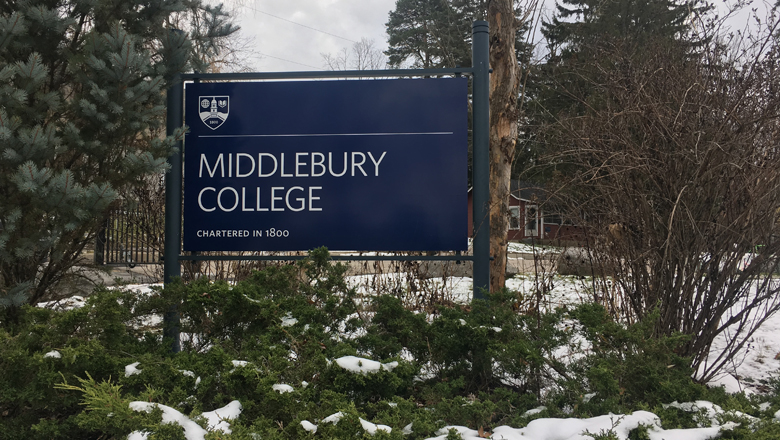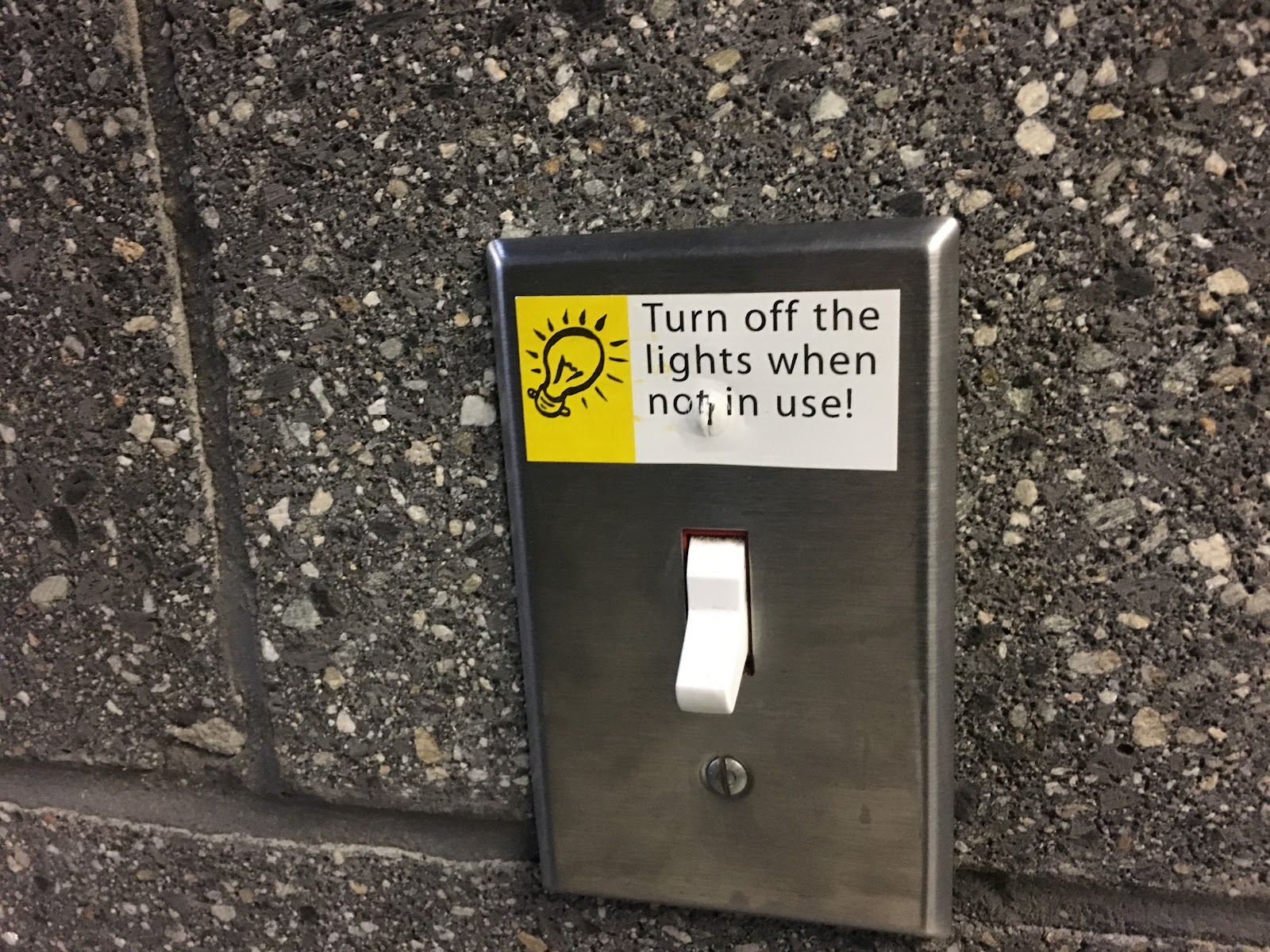
(Photo: Nathaniel Wiener)

(Photo: Nathaniel Wiener)
Today, Vermont’s Middlebury College declared it has reached its goal of achieving carbon neutrality by 2016 — an achievement almost 10 years in the making.
This announcement also solidifies Middlebury’s place as a leader in environmental studies and education, especially considering the idea that set the school’s carbon goal in motion started as a class project that made its way to the Board of Trustees.
So how did Middlebury do it? Here are the five top ways the college has innovated to reduce its carbon footprint and reach its goal:
Middlebury College’s Biomass Gasification plant was opened in 2009. It gasifies wood, a process by which, instead of burning, draws gasses out of woodchips, which are fed into the system, and burns the gases emitted by the woodchips. The plant is manned 24 hours a day and features extensive exhaust filtering, which promises to remove 99.7% of particulates, meaning most of what the plant releases from its distinctive smokestack is water-vapor. While Biomass gasification can be viewed as controversial, as it does require wood to be chopped and burned, Middlebury considers it carbon-neutral since all their wood is harvested within 75 miles of campus and net forest growth in Vermont typically far exceeds the harvest rate. The Biomass plant accounts of 50% of Middlebury’s reduction in carbon emissions.
According to Middlebury College “… the biomass gasification plant exceeds the manufacturer’s original specifications” and actually saves the College between $1-2 million dollars per year in energy costs!
For a video tour of the plant, see https://vimeo.com/129550116.
Middlebury also utilizes a small network of solar projects that are located both on and in the close vicinity of campus. The original farm, called the “All Earth Solar Farm,” is located just past Middlebury’s science building, along the path to the College’s organic farm. The 143-kW plant is about five years old. In addition, the College is working on two more solar projects, the South Ridge project (just 5 miles off campus), which just came online, and the Wilber project (12 miles off campus), which will come online soon. Middlebury’s solar farms will account for 8% of the college’s electricity use.

In addition to utilizing new forms of energy production, Middlebury has taken steps to ensure that energy-consuming objects and appliances on campus also minimize their electricity use. Projects include installing compact fluorescent and LED lights across campus, new appliances, and installation of new variable-speed “smart” heating and cooling fans in dorms, offices, classrooms, and the main library.

Just under 12 miles away from Campus is Middlebury College’s Bread Loaf School of English. Surrounding the school are 2,100 acres of pristine Green Mountain Forest. Thanks to a donation from Middlebury alum and conservationist Louis Bacon, the College announced in 2014 that the forest would be conserved in perpetuity, never to be cut down. As a result, Middlebury gained the ability to measure and register the land for their carbon sequestration. Preliminary numbers suggest that for the first five years after the announcement and measurement, Middlebury will receive offset credits for 25,000 tons of carbon per year. After five years, the College will be able to count roughly 3,000 tons of carbon offsets per year, which accounts for the yearly net growth of the Bread Loaf Forest land. While the land does offset Middlebury’s carbon output, Director of Sustainability Integration Jack Byrne hesitates to call them an “offset,” rather pointing out that Middlebury created an offset rather than purchasing one.

In 2006, Middlebury College Snow Bowl became the first ski area in the United States to go carbon neutral. The Snow Bowl is one of two remaining College-owned ski areas in the United States. Just 12 miles from Campus, the Snow Bowl has three ski-lifts, 17 trails, and 1,000 vertical feet of skiable area. Carbon neutrality here was achieved through offsets, meaning that the College invested in protected land and sustainable energy projects across the United States. To do this, the College works with NativeEnergy: “… a privately held renewable energy company that helps reduce CO2 emissions by funding Native American owned and operated wind turbine farms and family-owned farm methane projects.”